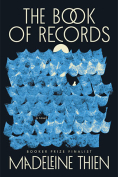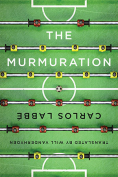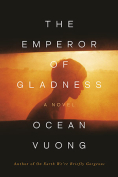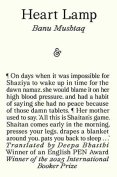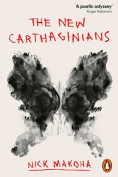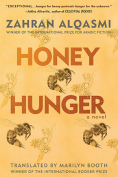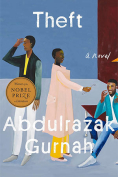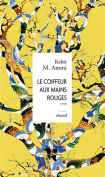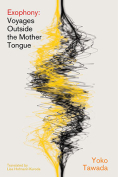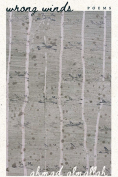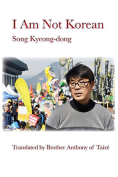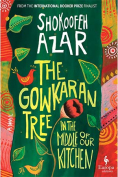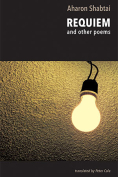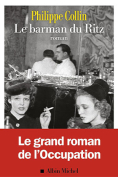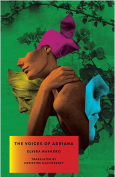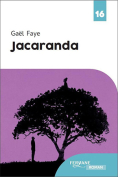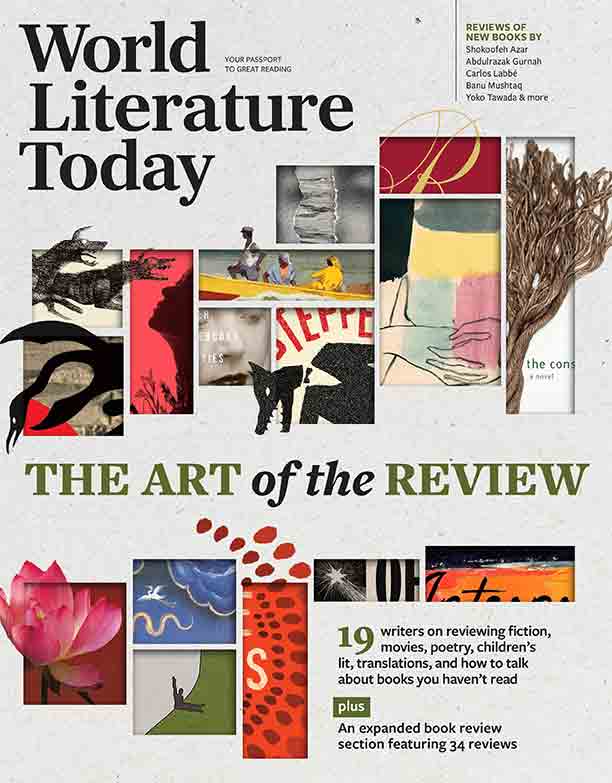The Living and the Rest by José Eduardo Agualusa
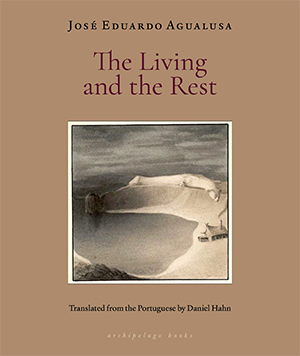
New York. Archipelago. 2025. 240 pages.
Angolan José Eduardo Agualusa is one of the foremost authors of the Portuguese-speaking world and arguably one of the most fascinating contemporary writers of literary fiction across the globe. His extensive oeuvre spans novels, short stories, theater, essays, and books for young readers and has been translated into more than thirty languages. He has been the recipient of many important literary prizes, including the UK’s Independent Foreign Fiction Prize in 2007 for The Book of Chameleons (2004; Eng., 2007). He also won the International Dublin Literary Award in 2017, alongside his English-language translator, Daniel Hahn, for A General Theory of Oblivion (2012; Eng., 2015). Hahn, himself an acclaimed writer and translator, has been translating Agualusa’s fiction for over twenty years, and The Living and the Rest showcases his masterful hand at the craft.
The Living and the Rest, originally published in Portuguese in 2020, presents some thematic concerns and literary devices recurrent in Agualusa’s work, such as the cultural traditions of Angola; the country’s long civil war following their independence from Portugal in 1975; the intersection of past, present, and future; intertextuality; metafiction; and the blurry line that separates reality from fiction. Furthermore, Agualusa depicts aspects of local reality that may challenge outsiders’ comprehension, and for this reason, his fiction is seen as exemplary of magical realism.
The Living and the Rest spans a period of seven days and is set on the island of Mozambique, a coral reef island lying a few miles from the mainland and connected to it by a single bridge. The novel may be understood as a contemporary version of the island narrative genre. The island as a literary trope has occupied readers’ imagination for centuries, after the first maritime explorations began to connect Europe and the East, and specially since the tales of Sinbad the Sailor and other stories from One Thousand and One Nights were first translated into a European language in the early eighteenth century.
Here, the island stands as a microcosm for the African continent and its cultural/political isolation from the so-called First World. More pointedly, the novel represents a postcolonial island narrative, for it rejects the primacy of the Western gaze and its exoticization of the Other that have traditionally characterized the genre. Rather, Agualusa guides the reader’s gaze away from a hegemonical perspective and toward that of Africa itself. Thus, when a heavy storm breaks at the same time the island loses power and internet connection, it is as if those on the island were completely alone, and the rest of the world gone:
“It’s raining on the mainland,” says Uli. “Raining a lot. Don’t you find that weird? It’s as if the continent, the whole world, has disappeared.”
“Yes,” Daniel agrees. “Here on the island it rarely rains. Sometimes we watch the storms, over there on the other side, like they were happening on a distant planet.”
The novel begins as Daniel, an Angolan resident of the island, prepares to welcome the writers from various African nations who are arriving to participate in a literary festival he has organized. As we are introduced to each character, both the guests and the locals, we learn of their successes and failures, their insecurities, but also defiance and self-assertion relating to writing, writer’s block, imposter syndrome, and issues of identity. For example, when Ofélia—a writer who was born in Angola, brought up in Lisbon, and lives in Rio de Janeiro (a displacement that mirrors the author’s)—is asked with which nation she identifies more deeply, she snaps: “I come from the palm trees—fuck it! Not Angolan, or Brazilian, or Portuguese! Wherever there’s a palm tree, that’s where I’m from! I’m from the sea and the forests and the savannas. I come from a world that hasn’t arrived yet: with no god, no kings, no borders and no armies.” Ofélia’s retort appropriates and subverts the stereotypes others impose on Africa and its people, at the same time placing her identity within a utopian space—a new world, and a new order, which for now only literature and the arts can create. This is the role and the urgency of literature, as another character later states: “We should write as if everything was coming to an end. . . . For those will restart the world.”
The Living and the Rest is a vivid, multifaceted narrative that offers vital discussion of what African literatures ought to be, about the literary craft, and on literature in general. It is both utopian and dystopian, eerily prescient of events the world has witnessed in the last two years. It is a gem of storytelling, in which fictional characters mingle with the novel’s “real” characters, and draws on fable, history, and imagination to weave a thought-provoking political allegory.
Cristina Ferreira Pinto-Bailey
Lexington, Virginia


